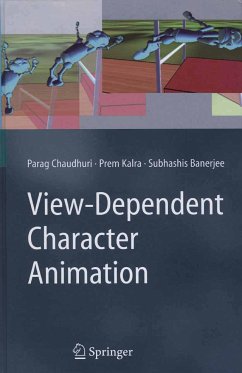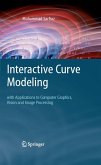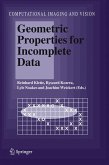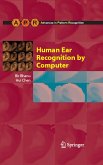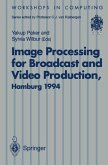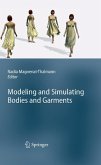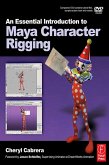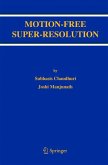This well-researched book develops and demonstrates a framework for view-dependent animation designed to solve these issues, well illustrated with a large number of example animations to explain and illustrate this versatile technique.
Dieser Download kann aus rechtlichen Gründen nur mit Rechnungsadresse in A, B, BG, CY, CZ, D, DK, EW, E, FIN, F, GR, HR, H, IRL, I, LT, L, LR, M, NL, PL, P, R, S, SLO, SK ausgeliefert werden.
"This book report on a view-dependent approach as a means of accomplishing this task in a reliable manner. ... Three very important appendices are provided. ... This book targets a wide audience, including both the academic research and the professional animation artist. It attempts to be self-contained ... . A number of figures are provided to help the reader understand the concepts presented. ... This book is comprehensive, and is a job well done." (R. Goldberg, Computing Reviews, January, 2008)

